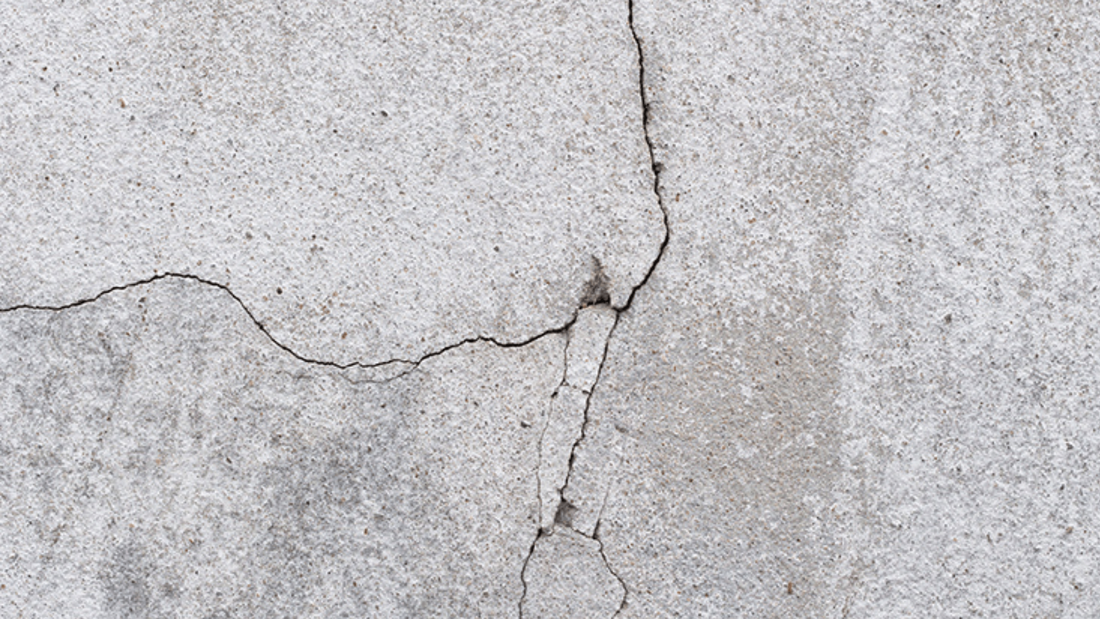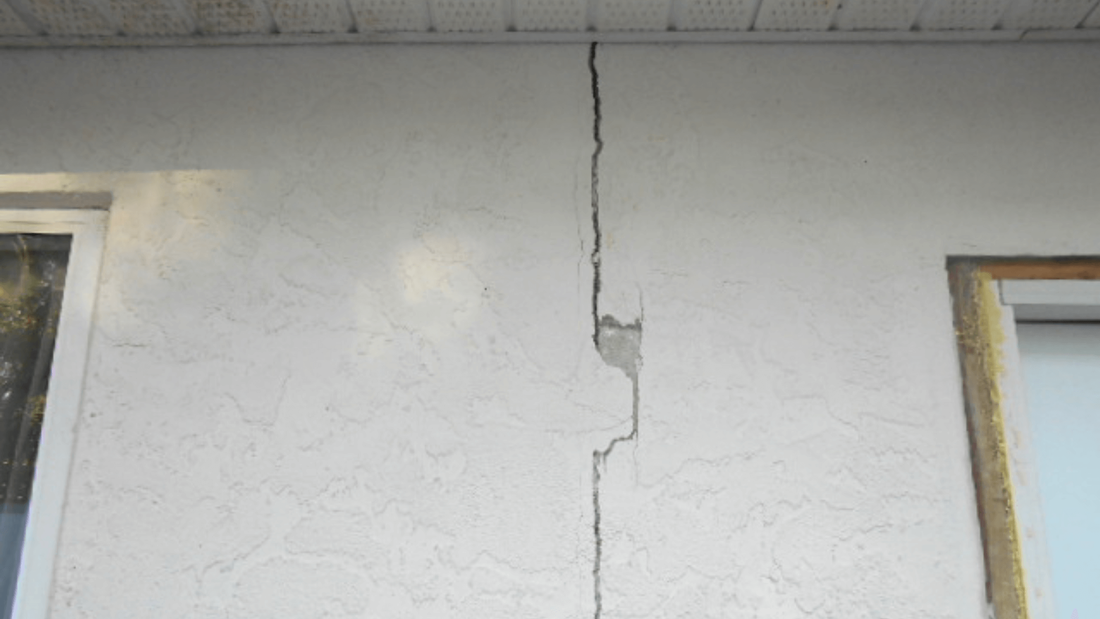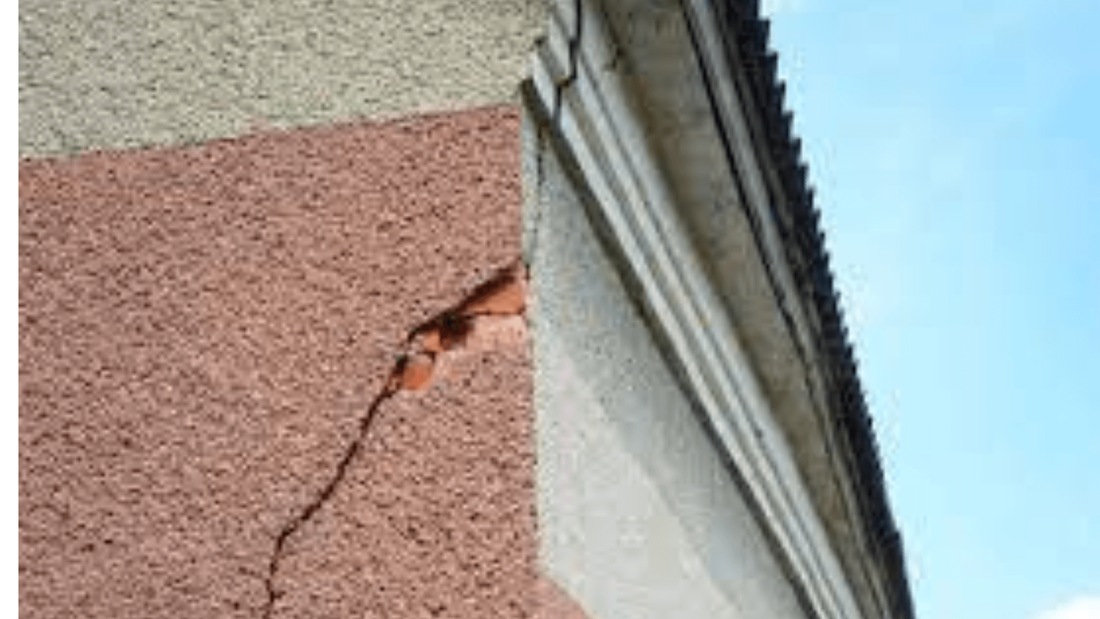|
Due to its durability and aesthetic appeal, stucco is a popular choice for external wall coatings. However, stucco, like any other material, can deteriorate with time. Recognizing stucco damage is critical for preventing additional deterioration and costly repairs. In this article, we will look at frequent indicators like stucco water damage, discuss the reasons, and offer advice on maintenance and repair. Signs of Exterior Stucco DamageHere are typical indicators of stucco damage that can help you handle the problem and stop future deterioration. 1. Cracking StuccoCracking is one of the most evident symptoms of stucco degradation. Stucco can become cracked due to thermal expansion, significant impacts, poor installation, or even simple aging. Small hairline cracks could be superficial and of little concern, but bigger cracks might be a symptom of more serious problems that must be addressed. In addition to affecting your home's exterior, cracked stucco can allow water to seep in, causing more harm. 2. DiscolorationAnother typical indicator of external stucco degradation is discoloration. Numerous things can cause stucco to turn discolored, including exposure to the sun, water infiltration, and the development of mold or algae. Dark streaks or patches of stucco with contrasting colors might detract from the aesthetic appeal of your house. To stop additional damage, discoloration may also be a warning of underlying moisture-related problems that need immediate care. 3. Rotting StuccoRotting stucco is a significant issue that might jeopardize the stability of your house. Although stucco is intended to be a moisture-resistant material, rot can develop if water seeps through and becomes trapped inside the stucco. In severe situations, rotting stucco may crumble or fall away from the supporting structure and feel spongy or squishy to the touch. Reproducing rotting stucco as soon as possible is critical to stop future damage and potential safety issues. 4. Crumbling StuccoAn obvious sign of serious degradation is crumbling stucco. This may happen due to water damage, poor installation, or extended exposure to extreme weather. The stucco may eventually stop sticking to the surface, break down, and disappear. Your home's outside is negatively impacted by crumbling stucco, which exposes the underlying structure to harm. If you want to keep the exterior of your home looking as it should, you must fix or replace any cracking stucco. 5. Damaged CaulkingTo prevent water intrusion, caulking is a crucial component of stucco applications. The efficacy of this barrier may be jeopardized by damaged or decaying caulking, enabling water to seep into the stucco and harm it. Peeling, cracking, or gaps around windows, doors, or other stucco penetrations are indicators of faulty caulking. You can avoid more water damage and maintain the integrity of your stucco by promptly repairing broken caulking. Environmental Factors Affecting Stucco Deterioration1. Moisture and HumidityExcessive wetness and excessive humidity levels can cause damage to the stucco surface over time. When moisture penetrates the stucco, it can cause cracking, discoloration, bubbling, and softening. These concerns can be reduced with regular inspections and sufficient waterproofing. 2. Extreme TemperaturesExtreme temperatures might also compromise the stucco's integrity. Water trapped within the stucco might expand due to freezing temperatures, resulting in cracks or spalling. Similarly, extreme heat and prolonged sun exposure can cause stucco to crack or fade in color. 3. Freeze-Thaw CyclesStucco deterioration is especially common in areas that experience frequent freeze-thaw cycles. Water that penetrates the stucco and freezes exerts pressure on the substance. Cracks and structural damage can result from this repeated expansion and contraction. 4. Direct SunlightDirect sunshine can cause stucco to fade or lose its original color over time. The sun's UV radiation can degrade the pigments in stucco, resulting in a drab or uneven appearance. Regular inspections and applying protective coatings can help reduce solar damage. 5. Heavy RainProlonged or severe rain can damage stucco, particularly if the surface is not sufficiently covered. Water can leak through cracks or crevices in stucco, causing moisture damage. Water damage can be avoided with proper drainage systems and frequent maintenance. How to Assess the Severity of Stucco Damage1. Facilitate Visual InspectionA visual assessment of the stucco can provide early indications of the level of damage. Look for cracks, discoloration, stains, or soft or bulging areas. During the assessment procedure, record the detected damages to share with professionals. 2. Conduct Physical TestingIn some circumstances, physical testing may be required to determine the extent of stucco damage. This may entail probing the stucco with a screwdriver or moisture meter to detect its condition and the existence of concealed moisture or deterioration. However, professionals should perform physical testing to minimize further injury. 3. Employ a ProfessionalSpeaking with professionals who specialize in stucco inspection and remediation when assessing and resolving stucco damage is essential. They have the knowledge and tools to objectively assess the damage, uncover underlying causes, and offer the best stucco repair water damage solutions. ConclusionIt is crucial to be aware of the signs of stucco damage to maintain your property's integrity and aesthetic appeal. Whether due to inadequate craftsmanship or adverse weather conditions, cracking, discoloration, rotting, crumbling, and damaged caulking indicate exterior deterioration.
By promptly addressing these issues and seeking professional help, you can ensure the longevity and stability of your stucco surfaces. Regular inspections and necessary repairs will enhance your property's appearance and prevent further damage, saving you time and money in the long run.
1 Comment
|
AuthorStucco Repair Tucson brings a full range of specialized services to your property, caring for its wall, ceiling and siding needs from the first point of construction through to eventual replacement. Archives
August 2023
Categories |
|
|
Stucco Repair Tucson
4880 E 29th St #10309, Tucson, AZ 85711 (520) 729-4656 Business Hours Monday- Sunday : 7AM-9PM CALL US: 520-729-4656 |




